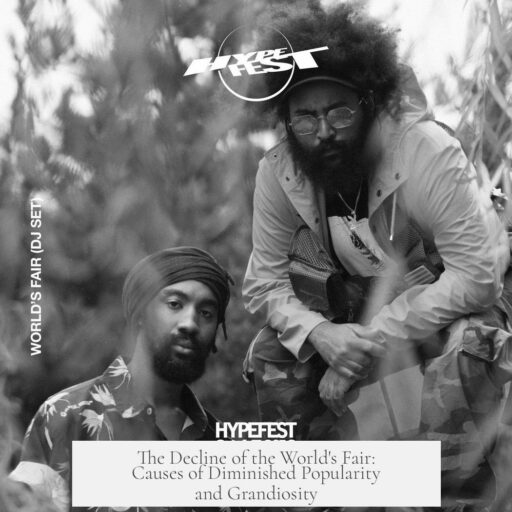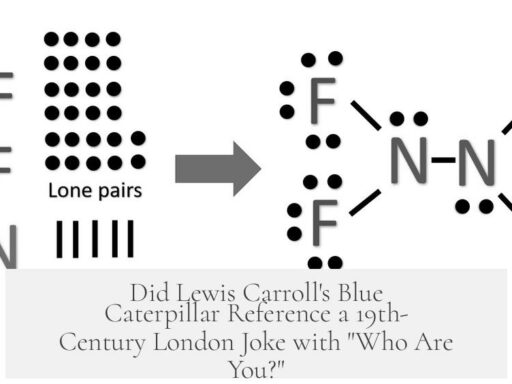The World’s Fair experienced a marked decline in popularity and grandiosity due to a combination of cultural, technological, and economic factors. In the United States, the nadir came with the 1984 New Orleans Expo, which went bankrupt due to low attendance. Following this failure, the U.S. Congress voted in 2001 to withdraw from the Bureau International des Expositions, the governing body for World Expos, citing the $25,000 annual membership dues as wasteful. This move exemplified waning national support for hosting and promoting these events.
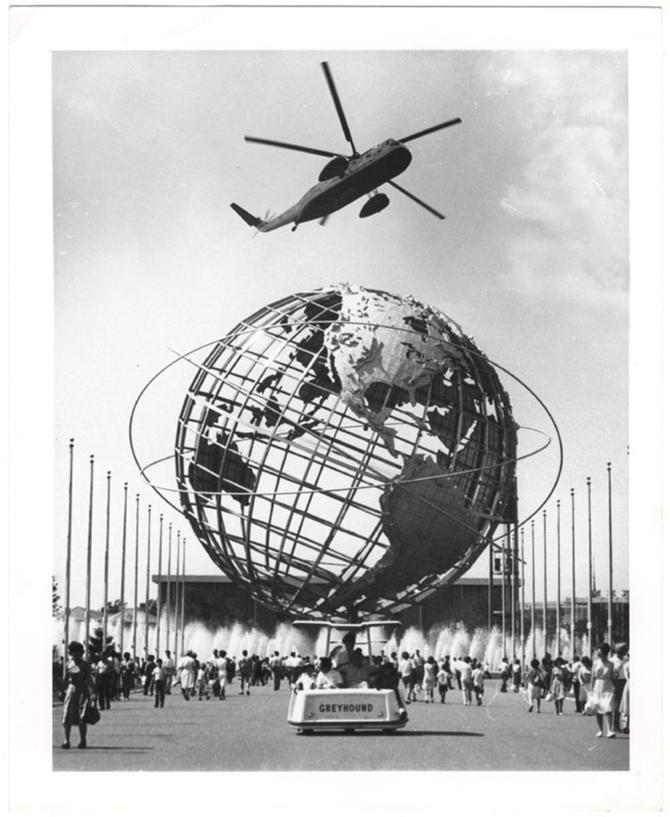
Several broader cultural shifts contributed to the decline. During the Cold War, World’s Fairs became platforms for geopolitical rivalry, which alienated some of the public, associating the fairs with political propaganda rather than pure cultural exchange. The Vietnam War and the end of a more optimistic, forward-thinking era also diminished the spirit of hope and global unity that characterized earlier expositions.
The rise of television played a critical role. Television brought the world’s innovations and cultural events directly into homes, reducing curiosity and the need to visit static displays at World’s Fairs. Exhibits that once dazzled audiences with glimpses of future technology lost their allure when similar content became readily available on-screen. Over time, expo pavilions transitioned from interactive showcases to mere theaters for watching videos, further decreasing engagement.
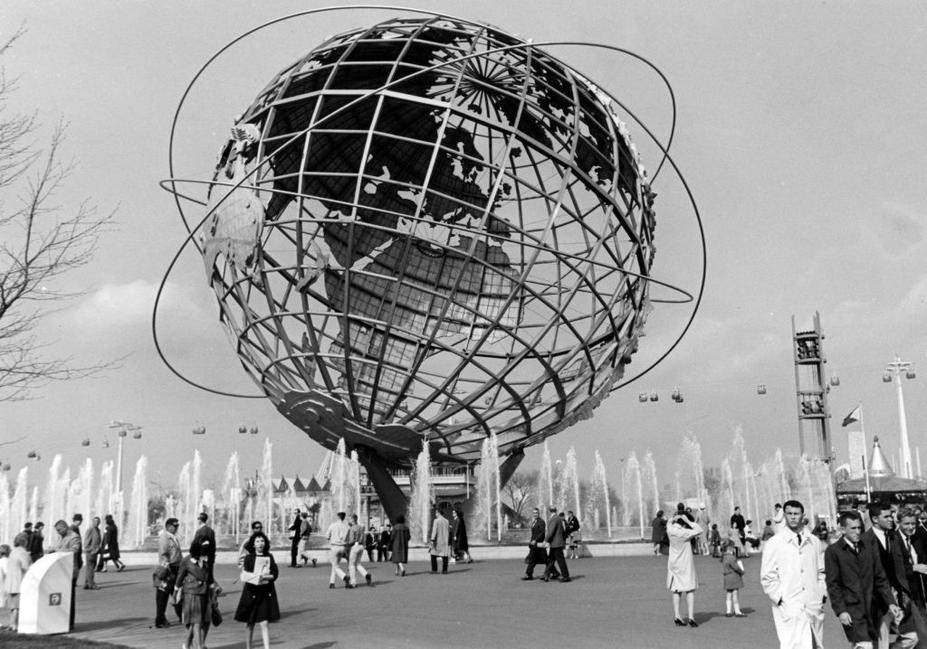
- Trade shows began to specialize, focusing on industry-specific expositions rather than broad public fairs.
- Displays of exotic cultures started to feel exploitative, causing nations to prefer platforms highlighting modernity and innovation instead of cultural oddities.
- International travel became more accessible, enabling people to visit places firsthand instead of seeing reconstructions of foreign lands.
The entertainment aspect of World’s Fairs also faded. Traditional midway attractions with rides and games became obsolete with the emergence of permanent theme parks like Disneyland and Six Flags, which offered constant, high-quality entertainment year-round. Corporate pavilions grew, but this trend strained the fairs’ appeal. Many visitors found the corporate displays unengaging or overly commercial, detracting from the event’s cultural and educational intentions.
Despite these factors, the decline narrative is largely localized to North America. Globally, World’s Fairs remain significant and grand events. For example, Expo 2010 in Shanghai holds records for the largest visitor attendance, number of participating nations, and overall area of any World’s Fair in history. In a six-month period, Expo 2010 matched the combined annual attendance of the world’s top five theme parks, illustrating that World’s Fairs continue to attract massive audiences and maintain their grandeur on the international stage.

| Factor | Impact on World’s Fair Decline |
|---|---|
| 1984 New Orleans Expo Bankruptcy | Signaled sharp decline in US attendance and enthusiasm |
| US Withdrawal from Bureau Intl. des Expositions | Reduced US involvement and investment |
| Cold War Political Uses | Created negative associations for visitors |
| Television Growth | Reduced curiosity and need for physical visits |
| Trade Shows & Theme Parks | Replaced World’s Fairs as venues for entertainment and industry |
| Travel Accessibility | Decreased interest in cultural exhibits |
| Corporate Pavilion Overload | Detracted from the fairs’ cultural focus |
| Global Expos (e.g., Expo 2010) | Maintain large-scale popularity and grandeur |
In summary, the decline of the World’s Fair in the United States and parts of the world results from changing cultural perceptions, technological advances, competition from other entertainment forms, and shifts in international travel. However, the phenomenon remains a vibrant global event with ongoing appeal and impressive scale.
- US World’s Fairs declined after the failed 1984 New Orleans Expo and withdrawal from international organization.
- Cold War politics and Vietnam reduced fair enthusiasm.
- Television and industry-specific shows replaced the fairs’ role as innovation showcases.
- Cultural exhibits lost appeal due to travel ease and perceptions of exploitation.
- Theme parks reduced midways’ entertainment draw.
- Worldwide, World’s Fairs continue to attract millions and remain grand events.
What Happened to the World’s Fair? The Decline in Popularity and Loss of Grandiosity Explained

The World’s Fair has seen a dramatic shift from being the dazzling, must-see event of the century to a quieter, less impactful presence — especially in the United States. But why did this happen? What caused such a steep decline in popularity and the general loss of its grandiosity?
Let’s dive into this fascinating history and uncover the causes behind the World’s Fair decline—while exploring if it’s truly dead or simply evolving elsewhere.
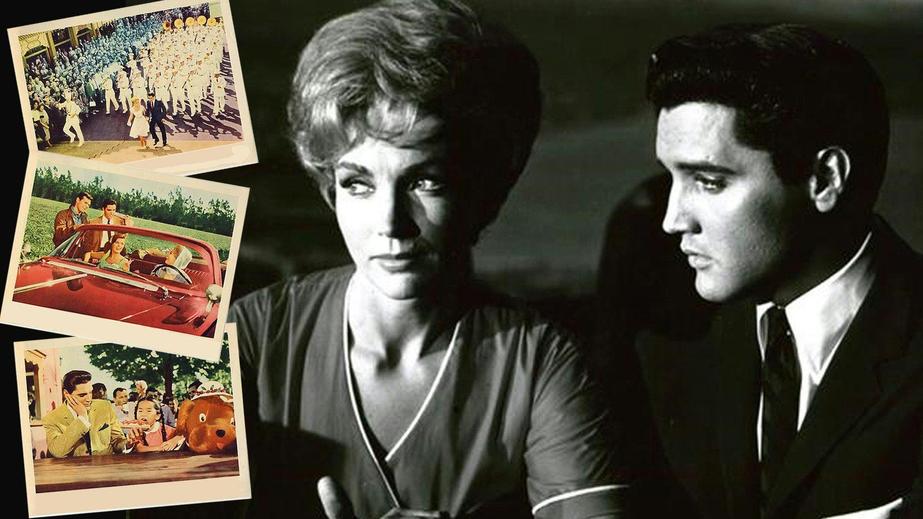
The Nadir in the United States: The 1984 New Orleans Expo
The turning point for the World’s Fair in America is often marked by the 1984 New Orleans Expo. This event wasn’t celebrated for innovation or cultural exchange but is notorious for its massive flop and bankruptcy due to extremely low attendance. Imagine prepping a grand show and finding the seats mostly empty — a nightmare for any organizer.

This failure reflected deeper issues and signaled waning public interest. Political momentum soon swung toward extricating the U.S. from the Bureau International des Expositions (BIE), the global body that organizes expos. In 2001, Congress voted to withdraw, branding the $25,000 annual membership dues wasteful.
Shadows of the Past: Cold War and Vietnam’s Impact on Perception
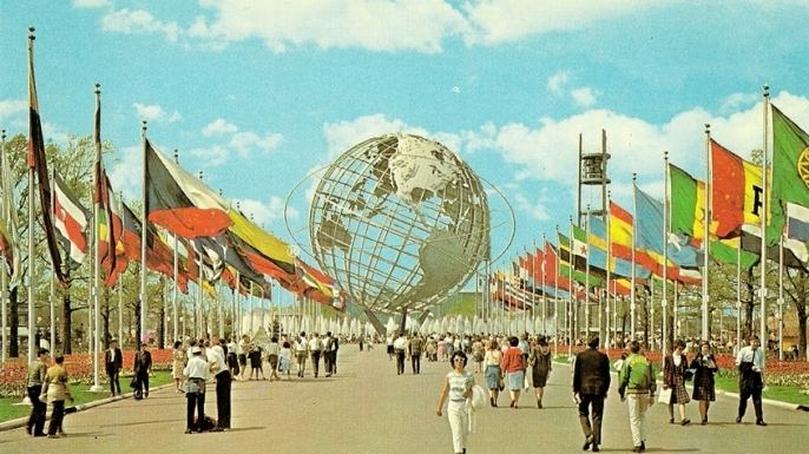
Some observers say the World’s Fair suffered “brand damage” because it became a stage for Cold War rivalry—turning into a contest of political posturing instead of peaceful innovation. Visitors felt less like witnesses to progress and more like spectators at a geopolitical show.
Meanwhile, the Vietnam War and its societal aftermath cast a somber tone. The upbeat, forward-looking spirit that once defined expos dimmed, replaced by public skepticism and cultural shifts that saw grand fairs as relics of a bygone era of optimism.
The Rise of Television: Shrinking the Future’s Mystery
Technology was once a showstopper at World’s Fairs. New inventions dazzled attendees. But as television became household staples, that mystique faded. Why stand in a sweaty line to see a working invention when you can watch a polished commercial or documentary at home?
Television effectively ‘shrink-wrapped’ the future, delivering it directly to living rooms. The sense of wonder and discovery—key draws of expos—diminished sharply.
A Shift to Industry-Specific and Cultural Changes
World’s Fairs originally doubled as huge trade shows, with everything from new steam engines to giant cantaloupes grabbing attention. But by the late 20th century, industry-specific expos emerged, catering to niche interests much more efficiently than broad fairs could.
At the same time, global attitudes about cultural displays evolved. Showing ‘exotic’ villages or artifacts began to feel exploitative and outdated. Countries preferred showcasing modern achievements instead of colorful but stereotyped cultural exhibits. Plus, more people started traveling abroad, reducing the necessity to experience foreign cultures vicariously at a fair.
Theme Parks and Corporate Overkill
The beloved midway full of thrill rides and novelties found a new home in theme parks such as Disney World and Six Flags. These parks offered year-round entertainment, which World’s Fairs couldn’t compete with due to their limited duration.
Adding insult to injury, late 20th-century expos became inundated with corporate pavilions. These felt less like exciting projects and more like marketing junkyards, which turned many attendees off.
The Television Theater Problem
Static displays gradually turned into theaters showing television programs inside pavilions—a shift from engaging exhibits to passive viewing. This change curtailed visitors’ interactive experience, making fairs less memorable.
Counterpoint: The World’s Fair Is Far From Dead — Just Not in the U.S.
It’s important to note that the decline in America doesn’t mean the World’s Fair died globally. Quite the opposite, in fact! Recent expos such as Expo 2010 in Shanghai challenge the narrative of collapse.
Expo 2010 set records across the board: it became the largest World’s Fair in history by visitors, outpacing Osaka’s Expo ’70; it hosted more nations than Germany’s Expo 2000; and it spanned a massive area, exceeding the 1904 Louisiana Purchase Exposition in St. Louis.
Remarkably, Expo 2010 attracted about the same number of visitors in six months as the top five theme parks worldwide did in a year. That’s a huge validation that grandiosity and popularity are very much alive—just on a different continent.
What Can We Learn from the Rise and Fall?
The World’s Fair’s decline in the U.S. teaches us how cultural shifts, technology, and changing social values impact iconic institutions.
The fair struggled when it became less about innovation and more about political displays or corporate pitches. When static exhibits gave way to passive TV watching, the magic faded. Also, when thrill rides moved to permanent parks, fairs lost a core crowd pull.
But globally, expos thrive by adapting. They embrace new technologies and celebrate participation, innovation, and cultural exchange on a massive scale.
Could There Be a Renaissance?
Looking ahead, one might ask: Could the U.S. or other countries revive the World’s Fair spirit? What if an expo focused on future challenges like climate change, renewable energy, or space exploration?
If organizers recapture that sense of wonder and relevance, combining hands-on exhibits with digital innovation, they could reignite public interest. After all, humans love stories of progress and belonging to something bigger.
Final Thoughts
The World’s Fair hasn’t vanished; it has morphed and migrated. Its decline in the U.S. is tied to cultural shifts, technological changes, and missed opportunities to stay relevant. Yet, its grandeur endures on the world stage. Maybe it’s time to learn from what happened—and dream about what a future expo might look like.
Do you think World’s Fairs still hold value in today’s digital age? Can they inspire the same awe as decades ago? Or is their magic best left as a nostalgic memory?
